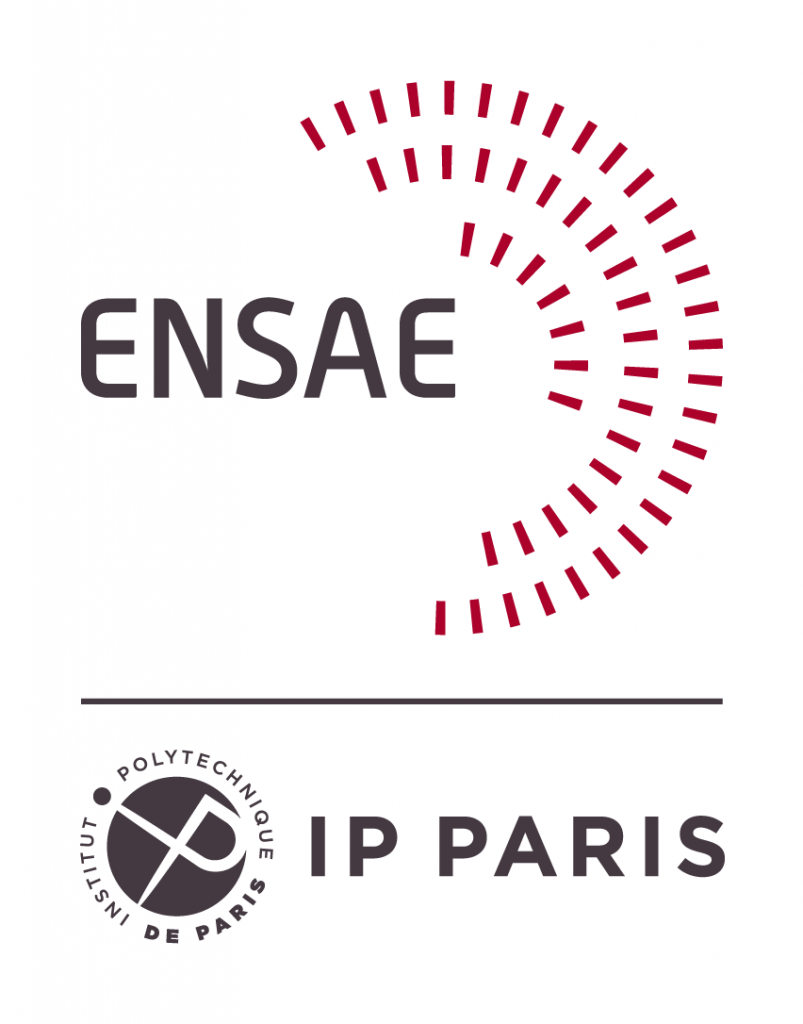The Tribe team of INRIA Saclay
Team work: Aline Carneiro Viana and Philippe Jacquet presented "The Tribe team of INRIA Saclay" in visio the 11/3/2022 at 15h00.
Abstract
Presentations:
- TRiBE team: inTeRnet BEyond the usual, Aline Carneiro Viana
- Human mobility behavior intelligence in networking
- Connecting flying backhauls of drones to enhance vehicular networks with fixed 5G NR infrastructure
TRiBE team: inTeRnet BEyond the usual, Aline Carneiro Viana
The TRiBE (inTeRnet BEyond the usual) is a research team of Inria Saclay. The research axes of the team fall within the context of the major evolutions that the Internet has undergone in recent decades, moving from a "small" network, relatively homogeneous to a "large" network with a strong heterogeneity of equipment and associated usability, as the Internet of Things (IoT). Our conviction is that the success of the IoT is rooted: in the network design's choices involving the equipment, in the intelligence of the protocols and associated services as well as in the capability of reaction and adaptation of the edge-core network's communication loop. Through three research axes, the team places its efforts on the three main elements composing the ecosystem of IoT devices: (1) the device itself, (2) their usability, and (3) their network context. Together, these research directions will contribute to our vision toward a Smart, Unified, and Tactful Internet edge skilled for answering the application, services, or end-users’ purposes.
Human mobility behavior intelligence in networking
Smartdevices are one of the most important instances of connected devices supporting a noteworthy shift towards mobile Internet access. This comes with the observation that particularities present in human dynamics shape the way (i.e., where, when, how, or what) resources, services, and infrastructures are used at the edge of the Internet. Hence, the need to digitally study smartdevices’ end-users behaviors and to leverage this understanding in networking solutions’ design, so as to optimize network exploitation. This suggests the integration of the heterogeneity and uncertainty of behaviors in designed networking solutions. This talk will focus on human mobility behavior understanding and its leveraging for resource allocation in mobile edge computing.
Connecting flying backhauls of drones to enhance vehicular networks with fixed 5G NR infrastructure
To extend connectivity and guarantee data rates, drones can be used to enhance 5G performance on mobile nodes in urban areas. To this end, we provide theoretical bounds on the requirements of connectivity extension for vehicular networks served by fixed eMBB infrastructure, where both vehicular networks and fixed telecommunication infrastructure are modeled using stochastic and fractal geometry as a macro model for urban environment, providing a unique perspective into the smart city. Namely, we prove that assuming $n$ mobile nodes (distributed according to a hyperfractal distribution of dimension $d_F$) and an average of $\rho$ gNBs (distributed like an hyperfractal of dimension $d_r$) if $\rho=n^\theta$ with $\theta>d_r/4$ and letting $n$ tending to infinity (to reflect megalopolis cities), then the average fraction of mobile nodes not covered by a gNB tends to zero like $O\left(n^{-\frac{(d_F-2)}{d_r}(2\theta-\frac{d_r}{2})}\right)$. Interestingly, we then prove that the number of drones needed to connect the isolated mobile nodes is comparable to the number of isolated mobile nodes.








